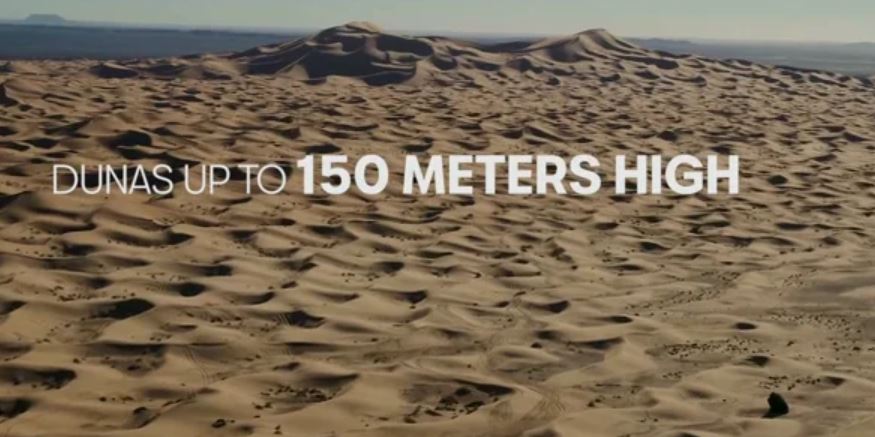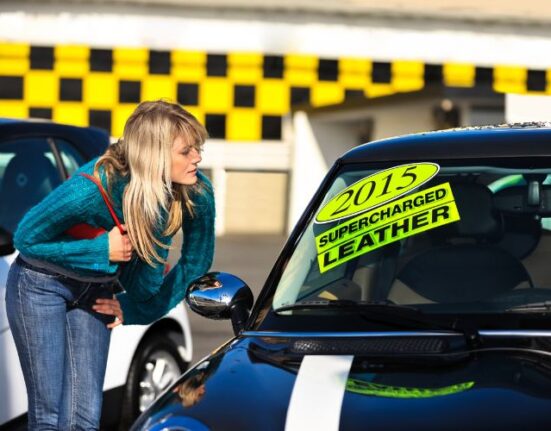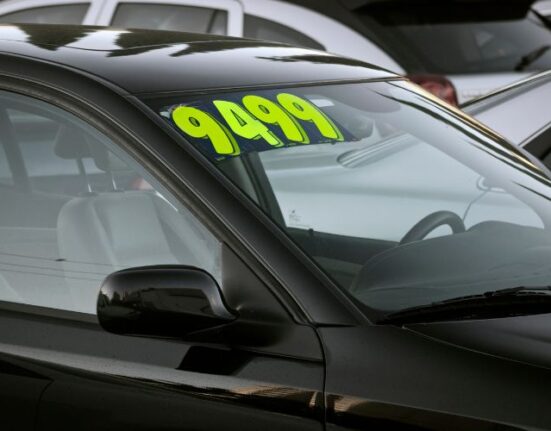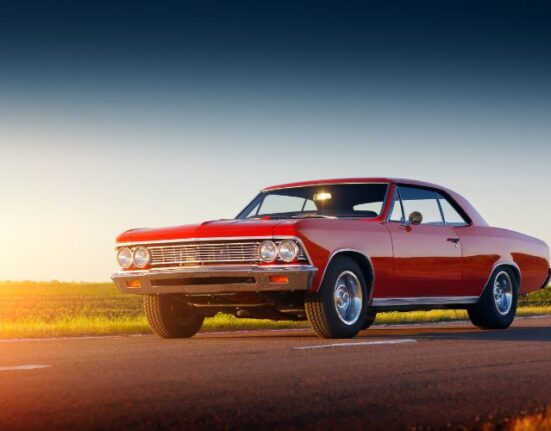- The SEAT Tarraco undergoes testing on Morocco’s Erg Chebbi, one of the most unforgiving places on the planet
- Dunes that soar to the height of the Sagrada Familia challenge driving assistants such as the DCC adaptive chassis control and the 4Drive all-wheel drive
- Temperatures ranging from 0 to 50 degrees and varying terrain raise major driving difficulties
A dune field measuring 22 kilometres long and 5 kilometres wide, featuring mountains of sand, varying terrain and extreme temperatures. This is the challenge facing the SEAT Tarraco in Morocco’s largest desert.
– From 0 to 50 degrees in a matter of hours: The desert is one of the places on the planet with the most radical temperature variations, rising to 50 degrees during the day from freezing at night. For this reason it is essential that the exterior temperature does not affect the interior of the vehicle or the driver. “The ideal, comfort temperature is 21.5 °C, and the climate control’s Auto option automatically regulates the temperature inside the vehicle”, says María García, an engineer in SEAT’s Development and Aerodynamics Department. The three-zone climate control, which can also be adjusted from the second row of seats, delivers individual comfort even in these harsh conditions.
-Sand and more: The journey to the dune is full of rocky, uneven terrain that require precision driving skills at all times. With the Tarraco’s adaptive chassis control, the system automatically adjusts the firmness of the suspension, modifying its characteristics according to the surface conditions and driving style. “The system is able to react to uneven surfaces in a matter of thousands of a second to optimise its performance, making it easy to get to the dune”, explains Stefan Ilijevic, head of Pre-development, Patents and Innovation at SEAT.
– Dunes the size of cathedrals: The landscape of this area is characterised by its impressive dunes, which can reach heights of up to 150 metres, similar to that of the Sagrada Familia in Barcelona. Driving up a mountain of sand requires adapting the assistants: “For example, we must deactivate the stability control System before driving onto the dune to prevent locking the wheels and allow them to freely find traction on the surface”, Stefan recommends.
– From the 60 litre fuel tank of the Tarraco to the 50 days a camel can go without water: Finding a petrol station in the middle of the desert is a near imposible task. Although the Tarraco features a 60 litre tank, it is still no match for the 50 days a camel can go without drinking. “Driving in the dunes requires a lot of power, which generates greater consumption. Fortunately we have a large fuel tank”, says Stefan.
– 100% LED technology: As the day progresses, the desert colours change from orange red to glowing gold. The ridges and peaks of the dunes create shadows that make it difficult to choose which direction to take, but the full LED headlamps on the Tarraco give a bright, clear view ahead. “During the development stage, components such as the headlights and rear lights spend up to ten days in a climate chamber at extreme temperatures ranging from -40 to 90 °C to test their durability and ensure their performance in demanding surroundings like the desert”, points out the SEAT engineer.

















